Outline
-
What's Gradient
-
What does it mean
-
How to Search
-
AutoGrad
What's Gradient
-
导数,derivative,抽象表达
-
偏微分,partial derivative,沿着某个具体的轴运动
-
梯度,gradient,向量
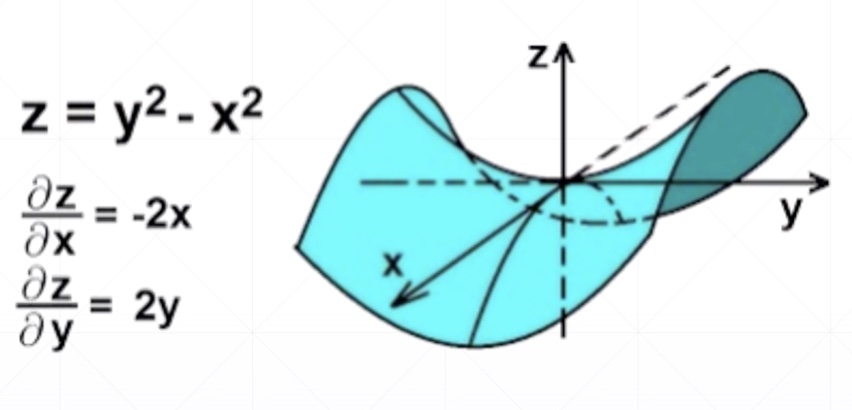
What does it mean?
- 箭头的方向表示梯度的方向
- 箭头模的大小表示梯度增大的速率
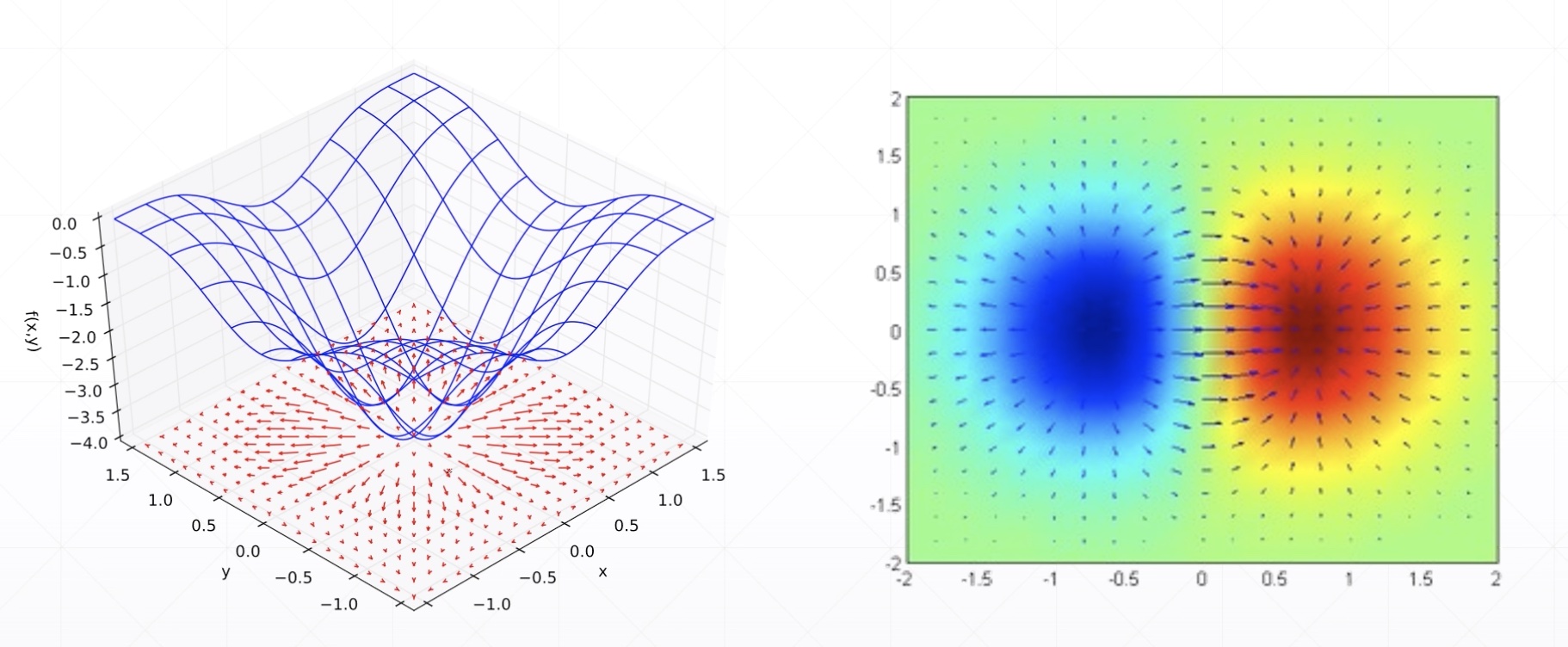
How to search
- 沿着梯度下降的反方向搜索
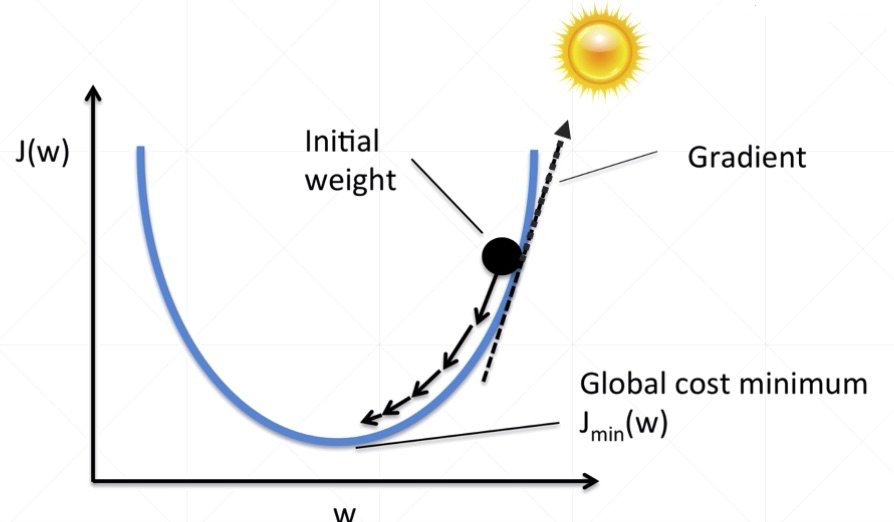
For instance
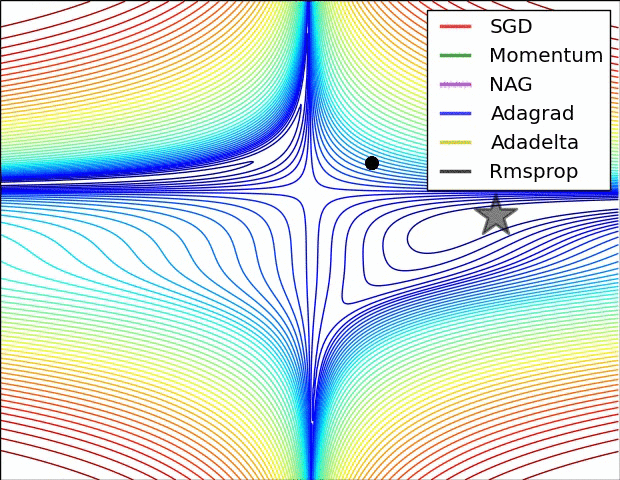
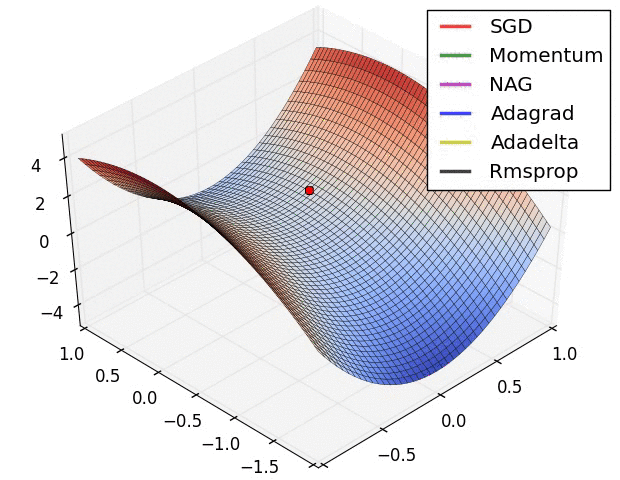
AutoGrad
-
With Tf.GradientTape() as tape:
- Build computation graph
-
[w_grad] = tape.gradient(loss,[w])
import tensorflow as tf
w = tf.constant(1.)
x = tf.constant(2.)
y = x * w
with tf.GradientTape() as tape:
tape.watch([w])
y2 = x * w
grad1 = tape.gradient(y, [w])
grad1
[None]
with tf.GradientTape() as tape:
tape.watch([w])
y2 = x * w
grad2 = tape.gradient(y2, [w])
grad2
[<tf.Tensor: id=30, shape=(), dtype=float32, numpy=2.0>]
try:
grad2 = tape.gradient(y2, [w])
except Exception as e:
print(e)
GradientTape.gradient can only be called once on non-persistent tapes.
- 永久保存grad
with tf.GradientTape(persistent=True) as tape:
tape.watch([w])
y2 = x * w
grad2 = tape.gradient(y2, [w])
grad2
[<tf.Tensor: id=35, shape=(), dtype=float32, numpy=2.0>]
grad2 = tape.gradient(y2, [w])
grad2
[<tf.Tensor: id=39, shape=(), dtype=float32, numpy=2.0>]
-order
-
y = xw + b
-
-
with tf.GradientTape() as t1:
with tf.GradientTape() as t2:
y = x * w + b
dy_dw, dy_db = t2.gradient(y, [w, b])
d2y_dw2 = t1.gradient(dy_dw, w)